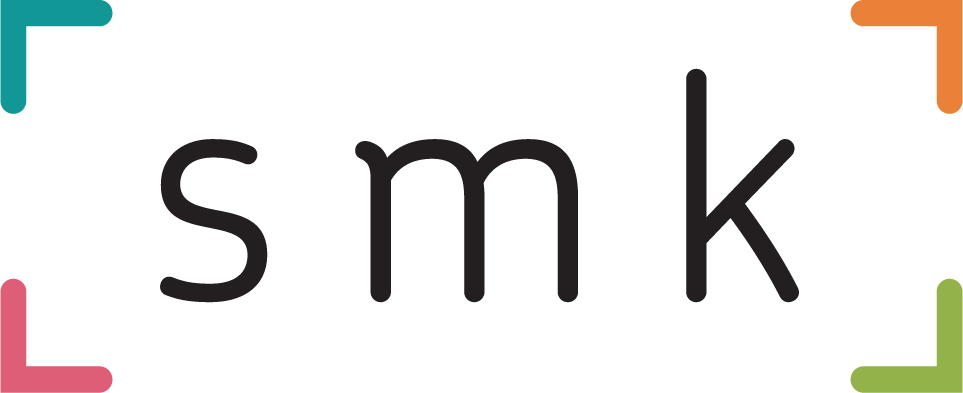Gmail's Email Game-changer Launches 2nd July
Google has just announced a 2nd July launch date for its game-changing Dynamic Email for Gmail.
Initially announced in March, Dynamic Email has been in beta testing since.
During the testing phase, Gmail has partnered with a cross-section of organisations, including the likes Booking.com, Despegar, Doodle, Ecwid, Freshworks, Nexxt, OYO Rooms, Pinterest and redBus.
Applications for dynamic email are very broad, hence Google's varied partner pool has been trialling for a raft of purposes. Pinterest, for example, has been using dynamic emails to allow people to pin items straight from the email inbox.
So How Does It Work?
With dynamic email, users can easily take action directly from within an email message itself, like RSVP to an event, fill out a questionnaire, browse a catalogue or respond to a comment.
In other words, the user journey and desired action will be able to take place at the email level. Rather than being a glorified banner ad, which is what HTML emails have been for 20 years.
Take commenting in Google Docs, for example. Instead of receiving individual email notifications when someone mentions you in a comment, now, you’ll see an up-to-date thread in Gmail where you can easily reply or resolve the comment, right from within the message.
At launch this feature is only available in Gmail on the web, with mobile coming soon.
Could Dynamic Email Be The Best Marketing Development Of 2019?
Dynamic email has the potential to be the most positively impactful marketing development of 2019.
So far this year many of the major marketing updates have been ultimately negative for marketers. Either squeezing already challenging organic results across social and search or simply just being new ways to spend money.
At Facebook’s F8 conference in May, Mark Zuckerberg announced some exciting new features around Messaging, Groups and Events. However, based upon how Facebook has thrown marketers under the bus, multiple times, in recent years, there is a high level of apathy from industry.
Similarly, Google launched many interesting new advertising features at Google Marketing Live in May, but uptake will be muted.
Few marketers correctly understand Google’s marketing features, putting it into the too hard basket. Alternatively, they rely on agency partners to recommend new applications, but, alas, this rarely happens enough.
Dynamic Email, in contrast, is essentially ‘free’ and easy enough to implement.
It will further enhance conversion rates for what is already perhaps many marketers’ best-performing channel: email.
Setting Up Dynamic Email
To ensure a successful launch, Google does have criteria which marketers need to meet, registering with Google and awaiting the green light:
- You must send a real, production-quality example email, not a demo or "Hello World" example.
- Emails must have a similar HTML or text MIME part. There are many instances where this is shown instead, such as when the user has disabled dynamic email.
- The email must have no bugs.
- You must authenticate the emails using SPF, DKIM and DMARC as detailed in the Security requirements.
- Ensure that you have reviewed the AMP for Email best practices, and that your email conforms to the suggestions there.
- Registration works on a per-email basis. If you'd like to register more than one sender email, each sender needs to be registered separately, with a separate production-quality email sent.
- You or the entity you represent must be the author of the AMP emails you send. You can't send emails directly authored by someone else, such as your users or the general public. Don't allow users or the general public to directly edit the email source. The emails you send can contain user-generated content such as posts or comments.
- Emails must follow the Gmail Bulk Sender Guidelines.
- Consistent history of sending a high volume of mail from your domain (order of hundred emails a day minimum to Gmail) for a few weeks at least.
- A low rate of spam complaints from users.
For full details visit AMP for Gmail here.
Welcome to the 21st century, email. We've been expecting you.



RECOMMENDED FOR YOU
LinkedIn Trials Premium Company Page Business Subscription
LinkedIn is looking to follow Meta’s lead as it…
LinkedIn is looking to follow Meta’s lead as it…
Google Introduces New Generative AI Video Tools
Google has recently enhanced its creative tools by integrating…
Google has recently enhanced its creative tools by integrating…
Facebook Goes All In On Vertical Video
As the digital landscape evolves, Facebook’s introduction of a…
As the digital landscape evolves, Facebook’s introduction of a…